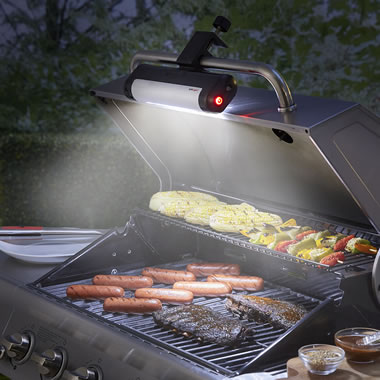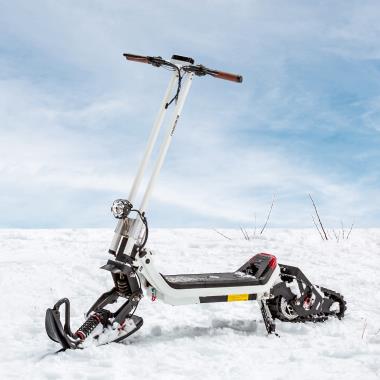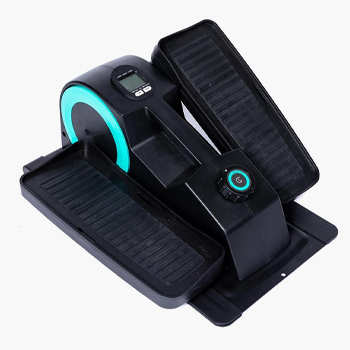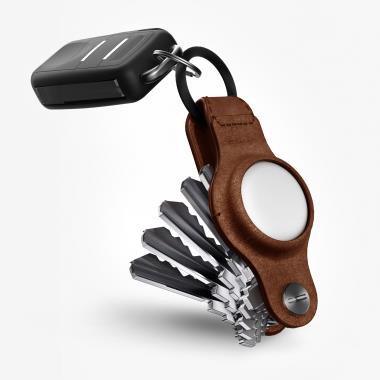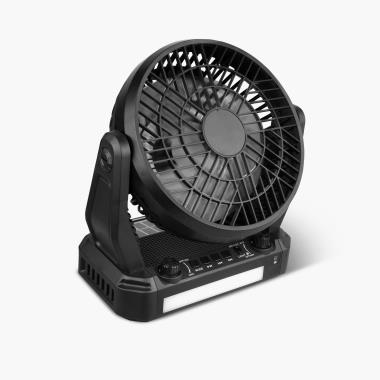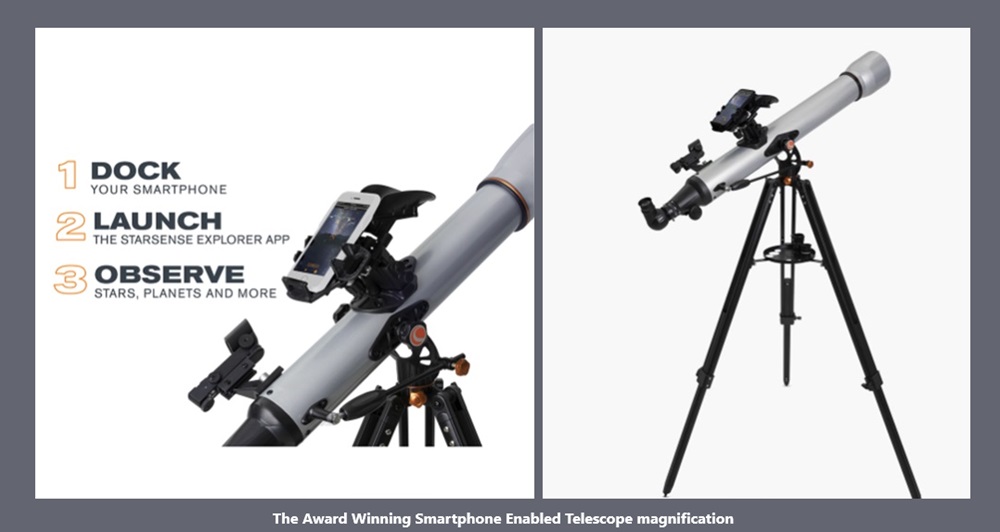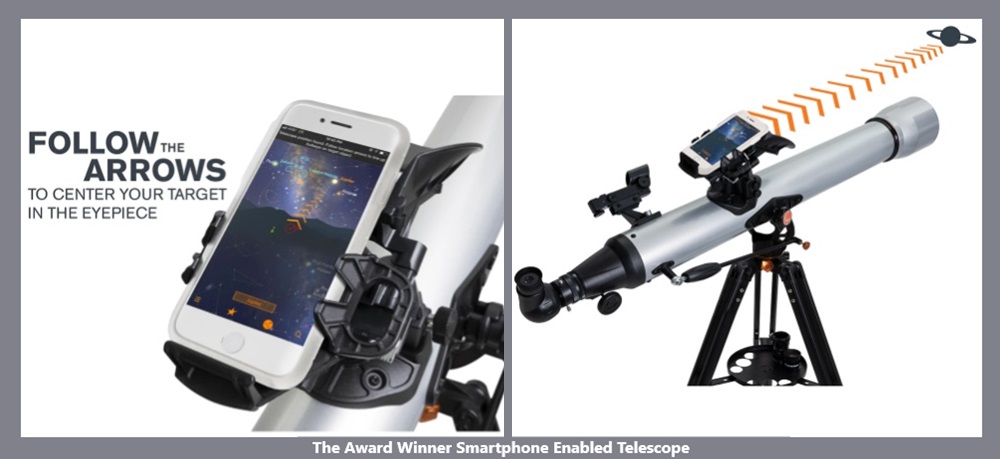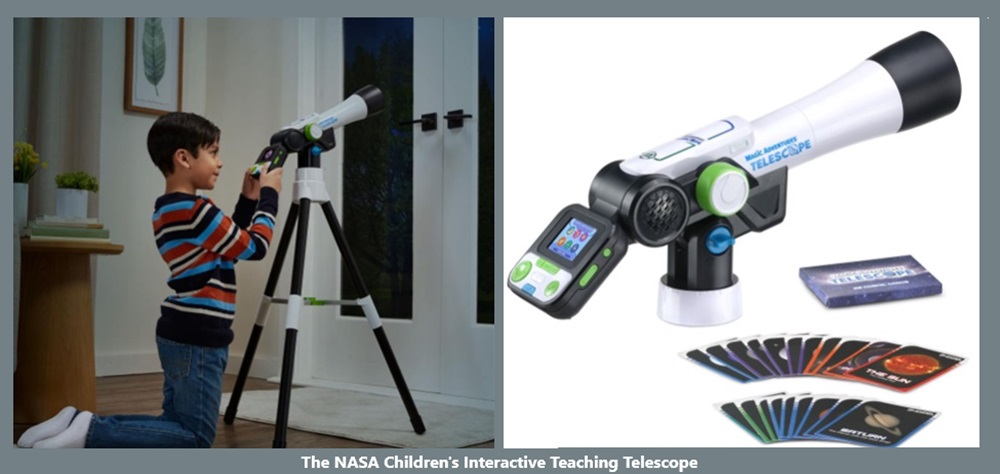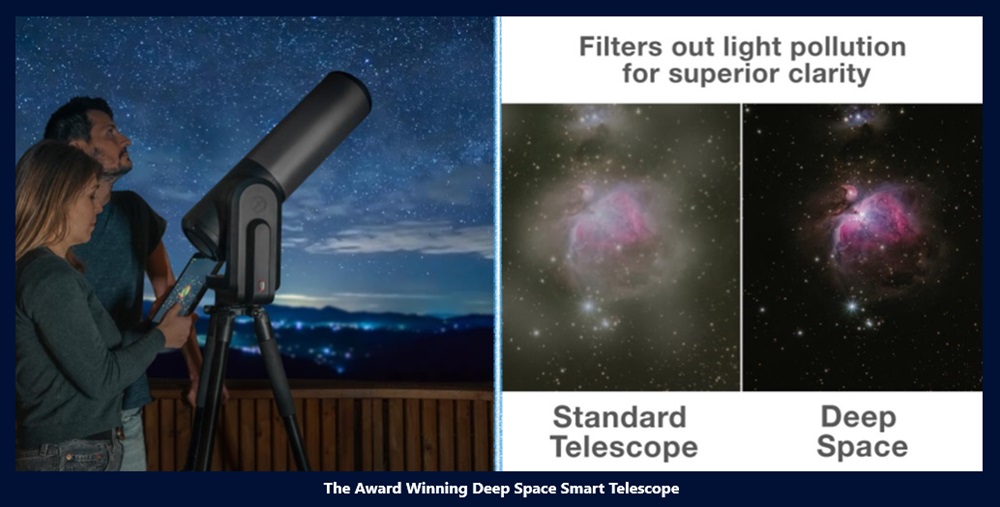A Beginner's Guide to Choosing Your First Telescope

The night sky has fascinated humans for centuries, offering glimpses of distant planets, stars, and galaxies that seem almost within reach. Whether you're drawn to the craters of the moon, the rings of Saturn, or the mystery of deep-sky objects, owning a telescope is the perfect way to bring the wonders of the universe closer to home.
But with so many options available, choosing your first telescope can feel overwhelming.
In this guide, we’ll walk you through everything you need to know to make an informed decision, from understanding basic telescope types to considering key factors like ease of use, portability, and accessories.
With the right knowledge, finding your perfect telescope becomes less about technical specifications and more about unlocking the joy of stargazing. Whether you’re looking to observe planets or explore the depths of the cosmos, the right telescope can make your experience truly out of this world.
Understanding Telescope Basics
Before diving into specific models, it's important to understand the basics of how telescopes work and the different types available. By familiarizing yourself with key components and terms, you'll be better equipped to select a telescope that suits your needs as a beginner.
1. Types of Telescopes
There are three main types of telescopes, each with its own strengths and ideal uses:
- Refractor Telescopes: These are the most traditional type, using lenses to bend and focus light. Refractors are known for their durability and simplicity, making them a great choice for beginners. They excel at viewing planets and the moon with sharp, clear images, but their smaller apertures can limit deep-sky viewing.
- Reflector Telescopes: Instead of lenses, reflectors use mirrors to gather and focus light. These telescopes are ideal for observing faint objects like distant galaxies and nebulae, as they often come with larger apertures at a lower cost. However, they do require more maintenance, including occasional mirror alignment, which might be a consideration for first-time users.
- Compound (or Catadioptric) Telescopes: These telescopes combine lenses and mirrors to create a versatile design that offers the best of both worlds. They're compact, highly portable, and suitable for both planetary and deep-sky observations. While they tend to be pricier, their flexibility and ease of use make them appealing for those looking to invest in a more long-term option.
2. Key Components of a Telescope
Understanding how the components of a telescope affect your viewing experience is essential for making an informed decision:
- Aperture: The aperture is the diameter of the telescope’s primary lens or mirror and is arguably the most important factor when choosing a telescope. A larger aperture allows more light to enter the telescope, resulting in clearer and more detailed images. For beginners, an aperture between 70 mm and 100 mm is a good starting point, providing enough power to see planets and some deep-sky objects.
- Focal Length: This is the distance between the telescope’s primary lens or mirror and the point where the image is brought into focus. Focal length affects the telescope’s magnification, with longer focal lengths providing higher magnification. However, magnification is only useful if paired with a large enough aperture to maintain image clarity.
- Magnification: Many beginners assume that higher magnification equals better viewing, but this is not always the case. Magnification depends on both the telescope’s focal length and the eyepiece being used. Too much magnification can result in blurry, distorted images, so it’s important to balance magnification with aperture size.
3. Mounts: Stability for Clear Viewing
A telescope is only as good as its mount. There are two main types of mounts to consider:
- Altazimuth Mounts: Simple and easy to use, altazimuth mounts allow the telescope to move horizontally (azimuth) and vertically (altitude). This type of mount is perfect for beginners because of its straightforward operation, but it can be less accurate when tracking celestial objects over time.
- Equatorial Mounts: These mounts are more advanced and are designed to follow the rotation of the Earth, making it easier to track objects as they move across the night sky. While equatorial mounts offer greater precision, they can be more complex to set up and may require some learning.
By understanding these telescope basics—types, components, and mounts—you’ll be better prepared to choose a telescope that fits your viewing goals and skill level. With this knowledge in hand, you’re ready to move on to the next step: considering your personal preferences and needs.
Factors to Consider Before Choosing a Telescope

When choosing your first telescope, it’s easy to get overwhelmed by all the options, features, and specifications. To make the process easier, focus on a few key factors that will ensure you find a telescope that fits your needs and makes stargazing a rewarding experience.
1. Skill Level
As a beginner, ease of use should be a top priority. Some telescopes are designed specifically for newcomers, offering simple setup and intuitive controls.
Telescopes like the Best Beginner’s Telescope from Hammacher Schlemmer come equipped with helpful features, such as smartphone integration and guided star mapping, making it easier to locate and view celestial objects without a steep learning curve.
Avoid telescopes with overly complex controls or advanced features that may be frustrating for first-time users. Instead, look for models that provide clear instructions, automated alignment, and user-friendly operation.
2. Portability
Another crucial factor to consider is portability. If you plan to take your telescope to different locations—whether it’s your backyard, a local park, or a remote stargazing site—you’ll want something lightweight and easy to transport. Smaller, more compact telescopes are ideal for portability, allowing you to pack them up and set them up with minimal effort.
Telescopes with an aluminum or collapsible tripod, like the **Best Beginner’s Telescope**, offer the best of both worlds: stability during use and ease of portability when you’re on the move.
3. Viewing Goals
Your specific stargazing interests will greatly influence your telescope choice. If you're primarily interested in observing planets like Saturn, Jupiter, or the moon, you’ll want a telescope with a longer focal length and higher magnification. Refractor telescopes are great for this purpose.
However, if you’re more intrigued by distant galaxies, nebulae, or star clusters, a telescope with a larger aperture and lower magnification—such as a reflector or compound telescope—will offer better deep-sky viewing. Consider what you’re most excited to observe, and choose a telescope that aligns with your viewing goals.
4. Budget
Telescopes come in a wide range of prices, and while it's tempting to go for the most expensive model, beginners can often find high-quality options that don’t break the bank. Set a budget that balances your interest level with your willingness to invest.
For instance, Hammacher Schlemmer’s Best Beginner’s Telescope is a mid-range option that offers excellent clarity, ease of use, and smartphone integration, providing good value for a reasonable price. Remember that a well-rounded beginner’s telescope should include key accessories like eyepieces, a tripod, and a finderscope to enhance your experience without needing to purchase additional equipment.
5. Location and Environment
Where you plan to use your telescope is another important consideration. If you live in an urban area with significant light pollution, a telescope with a larger aperture will help you see faint objects more clearly. For rural stargazers with darker skies, a smaller aperture may still provide exceptional viewing of the night sky.
It’s also worth considering the stability of the telescope’s mount, especially if you’ll be setting up on uneven terrain. A sturdy, adjustable tripod will help prevent vibrations and blurriness when you’re observing, especially at higher magnifications.
By keeping these key factors in mind—skill level, portability, viewing goals, budget, and location—you’ll be better equipped to choose a telescope that fits your needs and ensures a smooth and enjoyable introduction to stargazing. Now that you know what to consider, it’s time to explore how modern technology, like smartphone integration, can make your beginner experience even more rewarding.
Smartphone Integration: Enhancing the Beginner Experience
In today’s digital age, technology has made its way into almost every aspect of our lives, and stargazing is no exception. For beginners, one of the most exciting innovations in telescope design is the integration of smartphones. This feature transforms your phone into a powerful tool for navigation, learning, and enhancing your overall experience.
Let’s explore how smartphone integration can make your first foray into astronomy easier and more engaging.
1. Sky Mapping and Object Identification
One of the greatest challenges for beginner astronomers is learning to locate and identify celestial objects. With a traditional telescope, you might spend hours searching the sky and still struggle to pinpoint specific stars, planets, or deep-sky objects. However, with smartphone integration, this task becomes much simpler.
The Best Beginner’s Telescope from Hammacher Schlemmer, for instance, comes with a free app that uses your phone’s GPS, camera, and gyroscope to create a real-time sky map.
Simply hold your phone up to the night sky, and the app will show you what’s visible from your location, guiding you to stars, planets, and galaxies. Once you know where to look, the app can help you align your telescope precisely to the target, taking the guesswork out of stargazing.
2. Automated Targeting and Tracking
Smartphone integration also offers automated targeting and tracking, which is a game-changer for beginners. Instead of manually adjusting the telescope’s position and risking misalignment, a telescope with smartphone features can automatically track objects as they move across the sky. This is especially useful for tracking fast-moving objects like the International Space Station (ISS) or watching a planet rise and set.
Telescopes like the one offered by Hammacher Schlemmer use smartphone technology to adjust the telescope’s position based on the celestial object’s movement, ensuring that you can follow it smoothly and easily.
This feature makes it possible to keep objects in view for longer periods without constant readjustment, allowing you to focus on the enjoyment of observation rather than the technical details of telescope handling.
3. Educational Resources at Your Fingertips
Another advantage of smartphone integration is the wealth of educational resources it provides. Many apps that pair with telescopes offer detailed information about the celestial objects you observe. From learning about the history and characteristics of stars and planets to understanding the phases of the moon, these resources can turn each viewing session into an educational experience.
For beginner astronomers, this can deepen your appreciation for what you’re seeing through the lens, turning casual stargazing into a more interactive and enriching hobby. You can also track celestial events, such as meteor showers or lunar eclipses, ensuring you never miss an opportunity to witness something spectacular.
4. Sharing Your Experience
In the age of social media, sharing your experiences with friends and family is easier than ever, and smartphone-integrated telescopes help make this possible. Many apps allow you to capture and share images or videos directly from your telescope.
Whether you want to share a photo of the moon’s craters or a time-lapse of a planet’s movement, this feature lets you document and display your stargazing adventures in a fun and accessible way.
For beginners, this adds a whole new layer of enjoyment, as you can share your discoveries and progress with others, sparking conversations and maybe even inspiring others to start their own stargazing journey.
Smartphone integration in modern telescopes is more than just a gimmick—it’s a tool that makes astronomy accessible to everyone, regardless of experience level. By offering features like automated targeting, sky mapping, and educational resources, smartphone-compatible telescopes are perfect for beginners looking to explore the night sky with confidence.
This innovation bridges the gap between the complex world of astronomy and the everyday technology we’re already familiar with, making stargazing more approachable, fun, and rewarding.
Accessories for Beginners
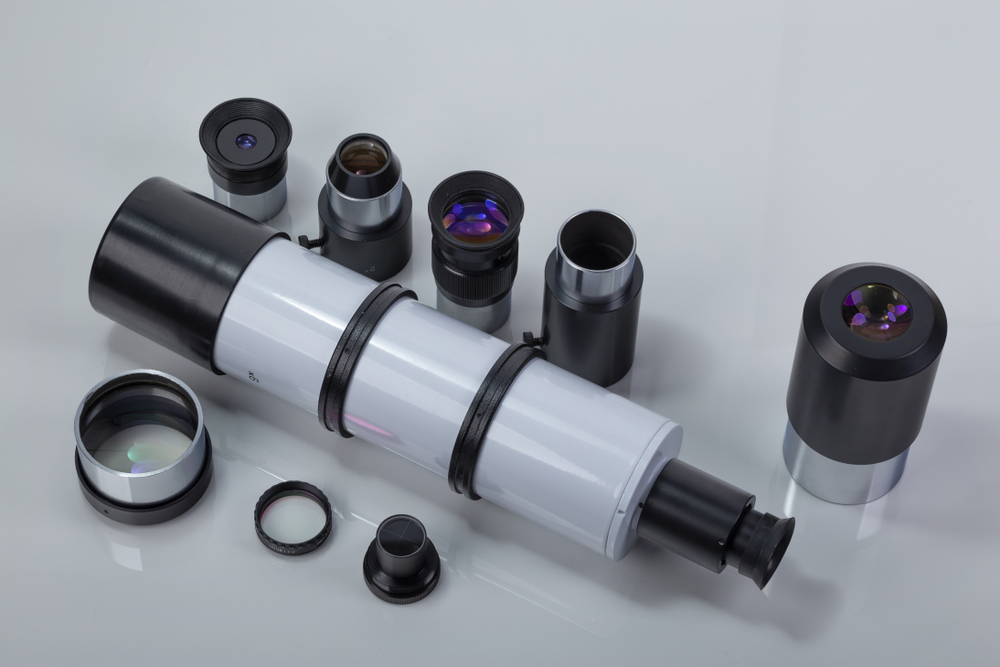
While the telescope itself is the star of the show, the right accessories can significantly enhance your stargazing experience. For beginners, investing in a few key accessories can make using your telescope easier and more enjoyable, helping you get the most out of your new hobby. Here are some essential accessories to consider when starting out.
1. Eyepieces
Eyepieces are one of the most important accessories for any telescope, as they directly impact the magnification and clarity of what you see. Most beginner telescopes, such as the Best Beginner’s Telescope from Hammacher Schlemmer, come with two or more eyepieces, each providing different levels of magnification.
A low-power eyepiece (around 25 mm) gives a wide field of view, making it easier to locate objects. A higher-power eyepiece (around 10 mm) provides more detailed views of planets and the moon but can reduce brightness and clarity.
For a balanced experience, it’s a good idea to start with the eyepieces included in your telescope kit and explore additional ones as your interests evolve.
2. Barlow Lens
A Barlow lens is an excellent accessory for beginners because it effectively doubles or triples the magnification of your existing eyepieces. For example, if you have a 25 mm and 10 mm eyepiece, adding a 2x Barlow lens will give you the equivalent of 12.5 mm and 5 mm eyepieces, offering greater flexibility in what and how you view.
The Best Beginner’s Telescope includes a 2x Barlow lens, giving you more magnification options without needing to buy multiple eyepieces. It’s an easy way to get more out of your telescope without a significant investment.
3. Finderscope
A finderscope is a small telescope mounted on the main telescope that helps you locate objects in the sky more easily. Many beginners struggle with aligning their telescope to find specific stars or planets, and a finderscope offers a wider field of view to assist in the process.
The Best Beginner’s Telescope comes with a red dot finderscope, which projects a small red dot onto the sky to indicate where your telescope is pointed. This simple, effective tool makes it easier to zero in on objects quickly, especially for those still learning the ropes of celestial navigation.
4. Star Charts and Sky Maps
While smartphone apps are an excellent tool for navigating the night sky, there’s still something timeless about using a physical star chart or sky map. For beginners, these charts offer a hands-on way to learn about constellations, star positions, and celestial objects.
Star charts are also useful in areas where smartphone signals might be weak, such as rural stargazing locations. Keeping a printed chart handy can be a helpful backup and deepen your understanding of the sky over time.

5. Telescope Case
A telescope is a significant investment, and protecting it from dust, moisture, and accidental damage is crucial, especially when transporting it. A padded telescope case will ensure that your instrument stays safe and secure whether you're moving it to a different location or simply storing it at home.
Look for cases with compartments for accessories like eyepieces and tripods, making it easy to keep everything organized and protected. The Best Beginner’s Telescope features an adjustable aluminum tripod that folds compactly, making it convenient to store and transport along with a suitable case.
6. Cleaning Kit
Over time, your telescope's optics will collect dust, dirt, and smudges, affecting the clarity of your views. A basic cleaning kit with lens brushes, microfiber cloths, and lens cleaning fluid will help you maintain your telescope’s lenses and mirrors in top condition.
Be cautious when cleaning your telescope optics, as improper cleaning can cause damage. Use only the appropriate tools and gentle pressure to keep your lenses free of debris and ensure crystal-clear viewing.
These essential accessories for beginners can make a world of difference when starting your journey into astronomy. From enhancing your viewing options with additional eyepieces and a Barlow lens to protecting your investment with a case and cleaning kit, each accessory plays a vital role in improving your overall experience.
With the right tools, your telescope becomes even more powerful, allowing you to explore the night sky with ease and confidence.
Mistakes to Avoid When Choosing a First Telescope
Selecting your first telescope is exciting but can come with pitfalls. Here’s how to avoid common mistakes and make the proper choice for a satisfying stargazing experience.
- Focusing Only on Magnification: Higher magnification isn’t always better. Instead, prioritize aperture , the diameter of the telescope’s main lens or mirror. A larger aperture gathers more light, providing clearer, sharper views. Don’t be misled by high magnification claims that may result in blurry images.
- Overlooking Ease of Use: Beginners need user-friendly telescopes. Avoid models with complex setups or controls. Choose a telescope like the Best Beginner’s Telescope , which offers easy alignment and operation, ensuring a smoother introduction to stargazing.
- Buying Low-Quality Telescopes: Cheap department store telescopes often have poor optics and unstable mounts. Invest in a quality beginner telescope from a reputable brand to ensure a better viewing experience and avoid frustration.
- Ignoring Portability: Consider how easy it is to transport and set up the telescope. A bulky or heavy model can be cumbersome. Opt for a telescope with a lightweight, adjustable tripod for convenience, like the Best Beginner’s Telescope .
- Overlooking Smartphone Integration: Smartphone-compatible telescopes can enhance your experience by helping you locate and identify celestial objects. Models with this feature, like the Best Beginner’s Telescope , simplify navigation and make stargazing more enjoyable.
- Skipping Research: Research different telescope types and features before purchasing. Understanding the differences between refractors, reflectors, and compound telescopes will help you select a model that fits your stargazing goals.
- Expecting Professional-Level Views: Remember, a beginner telescope won’t provide high-definition images like those from professional setups. Enjoy the views of the moon, planets, and bright stars, and manage your expectations for deep-sky objects.
Avoid these pitfalls to choose a telescope that enhances your stargazing experience and sets you up for a rewarding journey into astronomy.
Conclusion
Choosing your first telescope is an exciting step into the world of astronomy. By understanding the basics of telescopes, considering key factors, and avoiding common mistakes, you’ll be well-prepared to select a model that suits your needs and enhances your stargazing experience. Remember, the right telescope can open up a universe of discovery, providing you with awe-inspiring views of the moon, planets, and beyond.
Whether you’re captivated by the detail of lunar craters or the allure of distant stars, your telescope is your gateway to exploring the night sky. Embrace the learning process, enjoy the journey, and let your curiosity guide you.
Trigger your child’s curiosity or, if you are past the beginner stage, Hammacher Schlemmer has a deep space telescope to explore the mystery of deep-sky objects.
Ready to begin your stargazing adventure? Explore our selection of high-quality telescopes at Hammacher Schlemmer to find the perfect model for your needs. From user-friendly designs to advanced features, our range has something for every budding astronomer.
Start your journey today and let Hammerach Schlemmer help you discover the wonders of the universe with confidence—backed by our Lifetime Guarantee .









